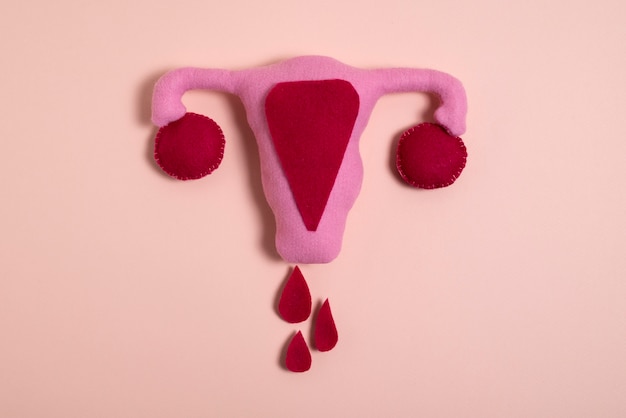
Most Americans don’t know that the human papillomavirus, or HPV, can lead to throat cancer, according to a recent survey. While public health campaigns have effectively raised awareness about HPV’s link to cervical cancer, there’s less emphasis on the other types of cancer it can cause, explains Dr. Daniel Kwon, a head and neck surgeon at Keck Medicine of the University of Southern California. Apart from cervical and throat cancer, which is now the most common cancer tied to HPV, this sexually transmitted infection can also cause vaginal, vulvar, anal, and penile cancers.
The lack of awareness about HPV-related cancers might be a reason why many eligible U.S. adults skip HPV vaccinations. In 2018, the vaccine became available for adults aged 27 to 45, after previously being limited to those between 9 and 26 years old. Two studies, published in the journal Otolaryngology–Head and Neck Surgery, highlight that the general public knows little about this widespread disease. HPV affects 13 million Americans annually through intimate skin-to-skin contact and sexual activity, with over 42 million Americans having cancer-causing strains. High-risk HPV often shows no symptoms, so most people don’t realize they have it.
Researchers wanted to see what Americans knew about HPV after the vaccine recommendation expanded in 2018. They used the Health Information National Trends Survey (HINTS) to gather data on cancer-related health awareness. From 2018 to 2020, they surveyed thousands of participants to assess their awareness of the connection between HPV and certain cancers, along with knowledge of the HPV vaccine. Although many people were aware of the HPV vaccination, fewer knew about its link to a throat cancer known as oropharyngeal squamous cell carcinoma. In 2018, only 27% knew about this connection, a figure merely rising to 29.5% by 2020.
Awareness of HPV’s link to cervical cancer also decreased, from 75% of people in 2018 to 70.2% in 2020. This shows that, even with expanded vaccine eligibility, most people aren’t aware of HPV’s risks and the vaccine’s benefits. Another study analyzed health data from over 26,000 American adults aged 30 to 44 between 2018 and 2022. Although the CDC doesn’t recommend the vaccine for people aged 27 to 45 outright, it suggests they make individual vaccination decisions with healthcare providers. The study found that only 15.8% reported any HPV vaccination, with just 6.5% fully vaccinated, despite a recommendation of three doses for adults.
There are various reasons for the low awareness of HPV risks. HPV knowledge gained momentum in the late 2010s but slowed due to the COVID-19 pandemic, shifting vaccine focus and creating political conversations around vaccines. Vaccine hesitancy and confusion about HPV add to the problem. Initially, the vaccine was recommended only for girls, leaving many unaware that boys and men could also receive it. Furthermore, HPV-related cancers don’t receive as much attention as others like breast cancer. Dr. Kwon notes that cancers like head and neck are often overlooked due to societal biases and a lack of media and funding attention.
The risk of contracting HPV increases with the number of lifetime and recent sex partners. If you or your child can get the vaccine, talk to a healthcare provider about it. While women can use HPV tests and pap smears, no test exists for men yet, making vaccination even more important. Education is crucial, and public health advocates and clinicians play a key role in spreading awareness.

